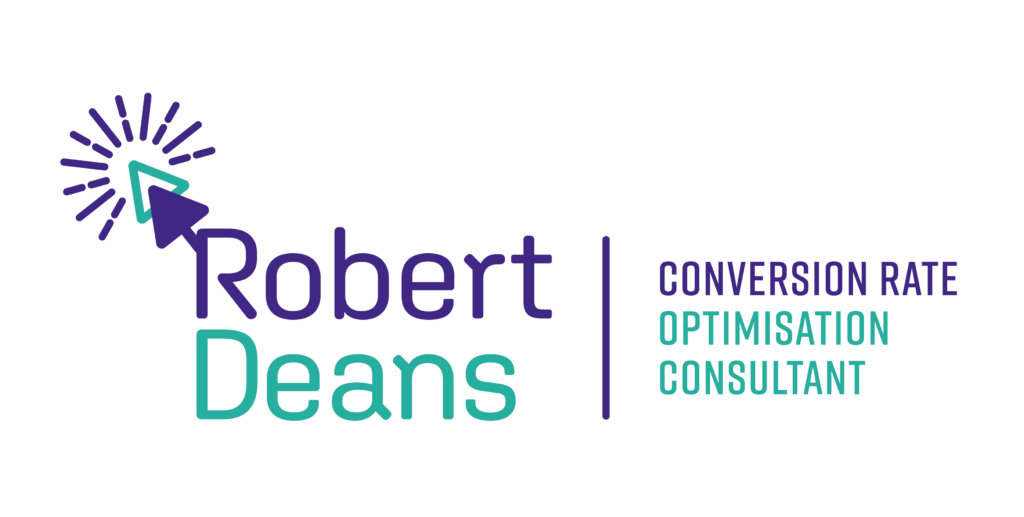As a conversion rate optimisation consultant, companies tell me they need help getting people to take the action they want them to take on their website. But the reasons why visitors aren’t converting are not always as straight forward as they seem.
By solely focusing on improving their website, companies could be missing the real problem (and paying someone a lot of money to do it).
There are 4 analytics red flags which suggest your problem may lie in your marketing rather than your website:
1. Your bounce rate is high
A visitor is typically said to have “bounced” if they landed on your page and didn’t interact with anything before leaving your website.
Your bounce rate drops when analytics records an interaction with your page, such as playing a video or following a link to another page.
Your bounce rate may be artificially low if your analytics has been set up to record scrolling as an interaction. Although you might want to measure scrolling, (for example to measure how interesting your blog is), it can hide the fact that people are leaving without taking the action you want them to.
Whilst a high bounce rate can mean your page isn’t engaging. It can also indicate that your marketing is driving the wrong types of people to your website, as people will quickly leave a site that is irrelevant to them.
2- People are leaving your website on the page they came in on (same landing and exit pages)
Similar to a high bounce rate, if your visitors are exiting on the same page they landed, it could mean the page didn’t grab their attention and convince them to keep exploring. But it could also mean that the people you are talking to, don’t want to listen.
Looking at data related to landing and exit pages can help us determine if specific landing pages (that are tied to certain marketing campaigns) are underperforming, or if the problem is more site wide.
3- People are not exploring your website (your page depth is low)
Page depth is the number of pages that your visitors view. This measure takes a bit of context to interpret. Whilst a low page depth can mean low engagement and a lack of interest, a very high page depth without a conversion could indicate that people are struggling to find what they need, or need more encouragement before they take action.
The optimum page depth for your website depends on what action you want people to take. Whilst a low page depth may be typical of someone buying something from Amazon with 1 click, it would be reasonable to expect a higher page depth from someone viewing a wedding venue website before making an enquiry.
If there is a misalignment between what you expect a typical converting journey to look like and what is actually happening, you probably have a problem. The shorter the page depth without a conversion, the more likely it is that the content isn’t right for the person viewing it.
4- Your results for the above are different depending on where people are coming from (your individual traffic sources tell a very different story)
As we’ve seen so far you could think you are telling visitors the most exciting news they have heard all year, but if the news isn’t relevant to them, they are not going to pay attention.
It’s like describing the amazing features of the new SpaceX rocket to someone who’s main passion in life is their vegetable garden (not that either is any better than the other – I love homemade tomato soup on a rainy day).
If we look at the data for the points mentioned above sitewide, we will get a very different picture than if we look at the data relating to different traffic sources. Let’s say that on average, your website is converting at 2%. That means that 2% of the time, people are taking the action you want them to. That figure alone may be deemed good or bad, depending on the industry you are in, what the actual number of conversions is and how this translates to income (and as a result, profit).
But by comparing the data from different sources we can gain a better picture of what is really happening. For example; you may have 4 main sources of incoming traffic, Google ads, email marketing, facebook marketing and organic (normal) Google search results. If the page depth for traffic arriving through Google ads is twice that of the traffic arriving through facebook, then maybe your facebook ads are not reaching the right people.
This allows you to ask questions such as:
- Is facebook the best social media platform for us to use?
- Is our target audience on facebook?
- What is our target audience’s perception of facebook ads?
- Are the ads being targeted at the right types of people?
- How well do we understand the people we are marketing to?
Answering these types of questions would undoubtedly help improve the conversion rate of traffic coming from social media marketing. It would also likely involve working with people besides a conversion optimiser such as marketers and researchers.
Why do I do free consultations, if it sends work a different way?
If by combining the different pieces of data and looking at the big picture I work out people are not converting due to marketing, it would be dishonest of me to say otherwise. I pride myself on doing, real, honest business and providing real value to my customers. That’s why I always offer a free initial consultation, to discover if the problem really lies in the website, or if your marketing is simply attracting the wrong people. I won’t take on work without knowing I can truly help you.
By doing this work upfront, it also gives me a great insight into what’s going wrong, meaning I can hit the ground running if the problem does lie in your website.
From there I can do a full report, identify issues and recommend changes that will not only increase your conversion rate, but also your profits.

